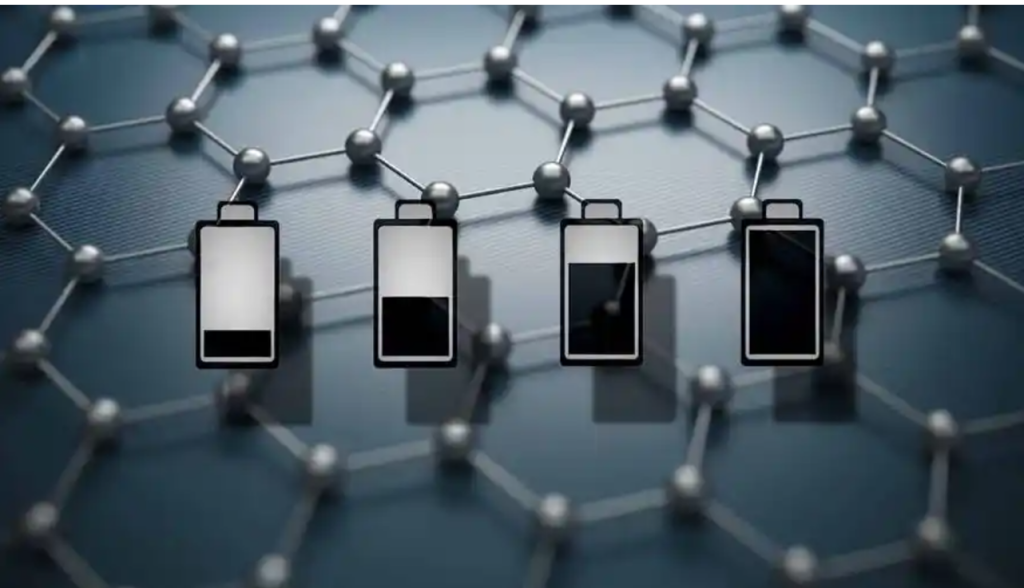Design and Optimization of Graphene-Based Nanoporous Materials for Hydrogen Storage
Hydrogen energy has emerged as a cornerstone of sustainable energy solutions. However, efficient hydrogen storage remains a bottleneck in its widespread adoption. Among the various materials being explored, graphene-based nanoporous materials offer a promising pathway due to their exceptional properties. By designing and optimizing the nanoporous structure, hydrogen storage capacity and performance can be significantly enhanced. This article delves into the principles, design strategies, and optimization techniques of graphene-based nanoporous materials for hydrogen storage.

Why Graphene-Based Nanoporous Materials?
Graphene, a two-dimensional material composed of carbon atoms arranged in a honeycomb lattice, has unparalleled properties that make it suitable for hydrogen storage:
- High Surface Area: Provides abundant active sites for hydrogen adsorption.
- Lightweight and Strong: Ideal for mobile hydrogen storage systems.
- Chemical Tunability: Surface modification allows for enhanced interactions with hydrogen molecules.
- Scalability: Graphene-based materials can be synthesized at various scales using cost-effective methods.
When engineered with nanoporous structures, these properties are amplified, enabling better hydrogen adsorption, diffusion, and desorption.
Mechanisms of Hydrogen Storage in Graphene-Based Nanoporous Materials
- Physisorption:
- Hydrogen molecules are adsorbed onto the surface of the nanopores via van der Waals forces.
- Optimization: Requires high surface area and pore sizes below 2 nm for efficient storage.
- Chemisorption:
- Hydrogen atoms form stronger bonds with reactive sites on the graphene surface or within the pores.
- Optimization: Functionalization with metals or heteroatoms can create active sites for chemisorption.
- Spillover Effect:
- Hydrogen dissociates into atoms on a catalyst (e.g., metal nanoparticles) and migrates into the nanoporous material for storage.
- Pore Confinement:
- Confining hydrogen molecules within nanopores enhances their density, increasing storage capacity.
Design Principles for Graphene-Based Nanoporous Materials
- Pore Size and Distribution:
- Hydrogen adsorption is maximized in micropores (<2 nm). However, a combination of micropores and mesopores (2–50 nm) ensures efficient diffusion and storage.
- Surface Functionalization:
- Adding functional groups like hydroxyl (-OH), amine (-NH2), or doping with metals enhances hydrogen interaction via chemisorption or spillover.
- Composite Structures:
- Combining graphene with other materials, such as metal-organic frameworks (MOFs) or carbon nanotubes (CNTs), can increase porosity and storage capacity.
- Layer Stacking Control:
- Minimizing stacking in graphene sheets maintains accessible surface area and pore volume.
Optimization Strategies
- Chemical Doping:
- Metal Doping: Incorporating metals like lithium, titanium, or magnesium into graphene nanopores enhances hydrogen adsorption by creating strong binding sites.
- Non-Metal Doping: Nitrogen or boron doping modifies the electronic properties of graphene, improving interaction with hydrogen.
- Hybridization with MOFs:
- MOFs have ultrahigh porosity and tunable structures. Combining them with graphene creates hybrid materials that leverage both high surface area and conductivity.
- Thermal and Plasma Treatments:
- High-temperature or plasma treatments can introduce defects into graphene nanopores, increasing reactive sites for hydrogen adsorption.
- Graphene Aerogels with Nanoporous Design:
- Creating aerogels with hierarchical pores (micro-, meso-, and macropores) optimizes hydrogen storage capacity and diffusion.
- Catalyst Integration:
- Embedding nanoparticles like palladium or platinum facilitates hydrogen dissociation and spillover, enhancing storage efficiency.
Recent Advances in Graphene-Based Nanoporous Materials
- Single-Layer Porous Graphene:
- Researchers at MIT developed single-layer graphene with uniform nanopores tailored to hydrogen adsorption. The material achieved up to 7 wt% hydrogen storage under moderate pressure.
- Graphene-MOF Hybrids:
- At Tsinghua University, hybrid materials combining graphene with MOF-5 exhibited enhanced hydrogen storage due to synergistic effects of high conductivity and porosity.
- 3D Nanoporous Graphene Frameworks:
- 3D porous structures with interconnected networks demonstrated improved hydrogen diffusion and storage, with a capacity exceeding 6 wt% at ambient temperature.
- Metal-Doped Graphene Aerogels:
- Functionalized aerogels doped with titanium achieved higher hydrogen uptake due to strong hydrogen-metal interactions and optimized pore structures.
Challenges and Future Directions
- Scalability and Cost:
- Large-scale synthesis of uniform nanoporous graphene remains a challenge. Cost-effective production methods are needed.
- Temperature and Pressure Optimization:
- Hydrogen storage at ambient conditions is a key goal. Current materials often require cryogenic temperatures or high pressures.
- Long-Term Stability:
- Maintaining the structural and chemical stability of nanoporous graphene under repeated adsorption/desorption cycles is critical for practical applications.
- Integration with Energy Systems:
- Efficiently integrating graphene-based nanoporous materials into hydrogen fuel cells and storage tanks requires advanced engineering solutions.
Conclusion
Graphene-based nanoporous materials hold immense potential for hydrogen energy storage. Through precise design and optimization of pore size, functionalization, and hybridization, these materials can achieve high storage capacities and fast adsorption/desorption kinetics.
As research advances, overcoming challenges related to scalability, cost, and stability will pave the way for the widespread adoption of graphene-based nanoporous materials in hydrogen storage systems. With their transformative capabilities, these materials could become a cornerstone of the hydrogen economy, driving a cleaner and more sustainable energy future.

